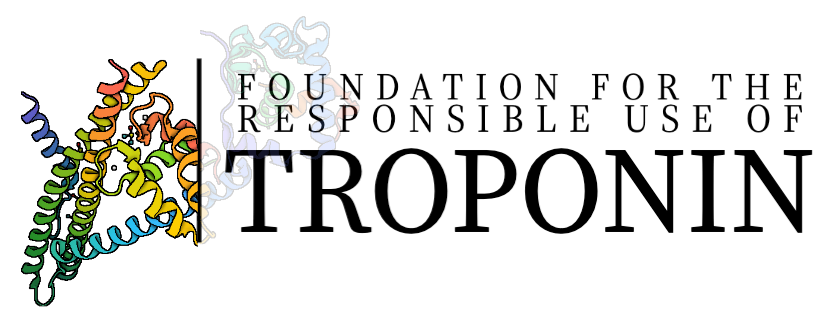All hs-Tn assays are subject to false positive and false negative errors at the analytic level, which is a distinct process from the false positive and false negative interpretations that can arise at the clinical level.
At the assay level, sources of falsely abnormal results include macrotroponin, heterophilic antibodies, autoantibodies, rheumatoid factors, fibrin interference, hemolysis, and al-kaline phosphatase. Macrotroponin is a high molecular weight complex of immuno-globulin and Tn produced as a result of binding of circulating immunoglobulin with protein fragments or enzymes regardless of cardiac muscle injury. The complex can persist in circulation leading to an elevated level of Tn [93]. A study showed that mac-rocomplexes resulted in Tn concentration exceeding the 99th percentile, creating false positive results [94]. Interfering antibodies in patient samples, including human anti-animal antibodies, heterophilic antibodies, and rheumatoid factors, can bind the assay antibodies and also result in false results [95]. Human antianimal antibodies are produced as a response to animal antibody injection for diagnostic or therapeutic purposes. Het-erophilic antibodies have an affinity to animal antibodies but do not have a known ex-posure to antigens. While a full 40% of the general population have detectable levels of heterophilic antibodies, these do not cause falsely positive immunoassays in most patients. Rheumatoid factors, a group of autoantibodies often found in autoimmune disorders, also have cross-reactivity with animal antibodies and may interfere with immunoassays. These endogenous antibodies can either increase or decrease measured Tn levels due to reduced assay reactivity to the macro-Tn complex. In addition, fibrin clots, hemolysis, and alkaline phosphatase can elevate measured Tn levels [96,97].
At the assay level, sources of falsely normal Tn results include heterophilic or au-toantibodies and analytical interference such as hyperbilirubinemia, hyperlipidemia, biotin and hemolysis [98]. Heterophilic or autoantibodies can either bind to the capture antibody, which blocks the binding of the Tn antigen to the capture antibody, or bind to the antigen, which blocks the binding of the detection antibody to the antigen. Excessive biotin also interferes with the assay by saturating the assay binding site and blocking the link between antigen and antibody [99]. In addition, pronounced hemolysis (>1 g/L), hyperbilirubinemia, and hyperlipidemia also interfere with Tn measurement [96].

The interference of macrotroponin, antibodies, or analytical interference often varies by assay [94]. One study measured Tn across six assays and showed Siemens hs-TnI assays had a higher percentage of patients with increased Tn measurement compared to other assays, although all assays were impacted by the existence of macrotroponin [100]. Therefore, it is important to interpret the hs-Tn test results with caution and to take into account the clinical contexts and the factors that increase the risk of error. Some common approaches to reduce the error of immunoassays include repeating the analysis using the same assay or a different assay, dilution of the sample to look for nonlinearity in the Tn concentration, blocking by neutralizing the interfering antibodies, depleting antibodies in the sample through precipitation, affinity extraction or size exclusion, and using in-terference assays to measure heterophilic antibodies [95]. Among those, blocking and PEG precipitation tests have been used to confirm the interference of heterophilic anti-bodies and macrotroponin with hs-Tn assays, respectively [93,100,101].
Gokhan I, Dong W, Grubman D, Mezue K, Yang D, Wang Y, Gandhi PU, Kwan JM, Hu J-R. Clinical Biochemistry of Serum Troponin. Diagnostics. 2024; 14(4):378. https://doi.org/10.3390/diagnostics14040378
